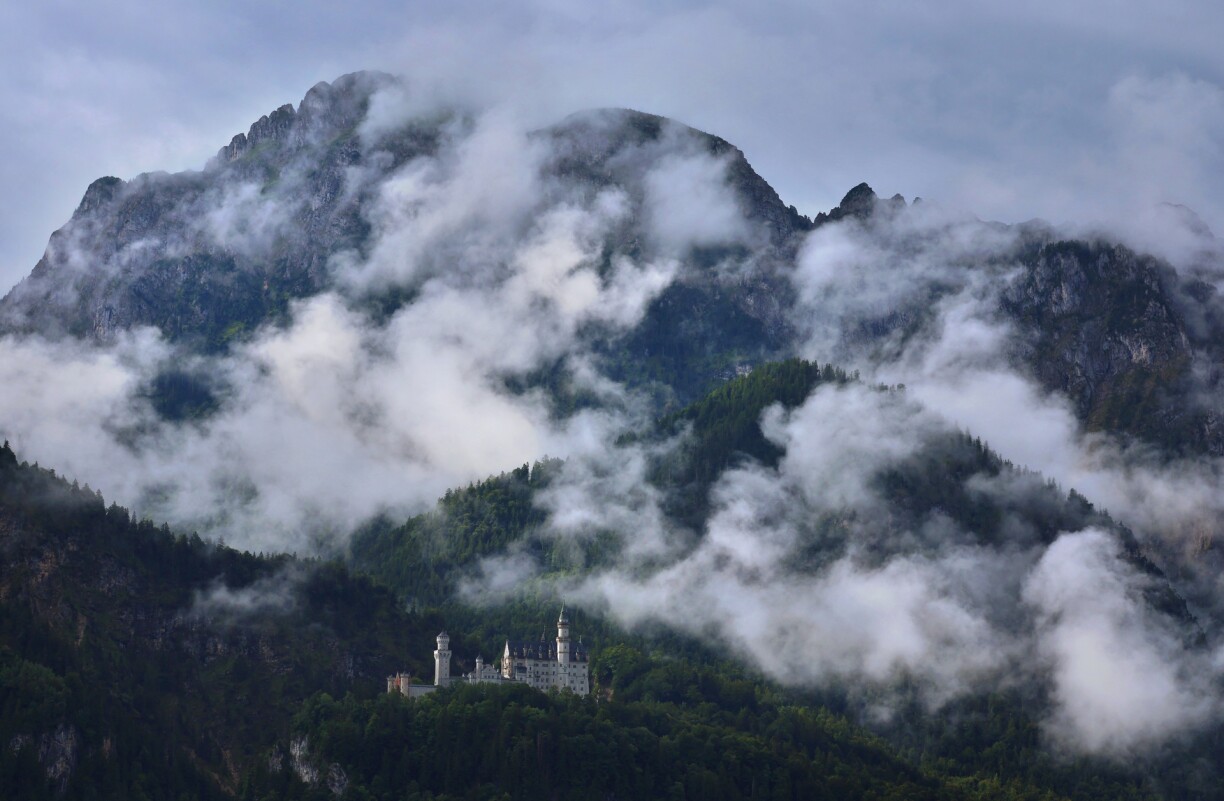
With more and more people planning holidays in the mountains, questions around safety in the age of climate change are becoming increasingly urgent. Heavy rainfall, landslides, melting glaciers, and crumbling rock faces are no longer rare phenomena.
For mountaineers and high-altitude hikers, one danger stands out: rockfall, a risk that is growing not only in the Himalayas, where former German biathlete Laura Dahlmeier tragically lost her life during a tour in Pakistan, but also closer to home, in the European Alps.
The mountains are, quite literally, shifting. As temperatures rise, permafrost – the frozen ground that acts like a glue holding steep rock faces together – is thawing. Robert Kenner, from the WSL Institute for Snow and Avalanche Research in Switzerland, explains that permafrost refers to soil that remains permanently frozen, usually found above 2,500 metres in the Alps, depending on slope orientation. This underground frost isn’t visible to the eye, but it’s critical for the structural integrity of alpine terrain.
As Kenner notes, the problem isn’t just the thawing permafrost. The seasonal thaw layer, which is the upper surface that melts in summer, is growing deeper each year. Combined with the ongoing retreat of glaciers, this leads to increasing rockfall incidents. He observes that there’s a clear link between climate conditions, daily temperature changes, and rockfalls.
The result? Steep rock faces that were once stabilised by snow and ice are now exposed and crumbling. This creates dangerous conditions, particularly for alpinists in the high mountains.
Glaciologist Andreas Bauder of ETH Zurich adds that glaciers play a stabilising role by exerting counterpressure on surrounding rock faces. He notes that once that pressure disappears, erosion begins, especially in areas previously protected by ice.
Bauder laments that since the year 2000, the volume of glacial ice in the Swiss Alps has decreased by one-third, representing a dramatic decline accelerated by extreme melt years like 2003, 2022, and 2023. He explains further that in just the past two years, 10% of the remaining ice vanished, exacerbating the fragility of alpine environments.
Despite the mounting risks, there are precautions people can take. Kenner advises that anyone heading into the high mountains should start early in the day, when temperatures are lower and the ground is more stable. He emphasises that it’s especially important to avoid outings during heatwaves or when the freezing level rises unusually high, as those conditions increase the risk of rockfall.
He highlights, however, that these risks are far more pronounced in alpine climbing zones than on marked hiking trails, where the danger remains considerably lower.
For those planning to hike or climb in alpine regions, being aware of changing conditions, checking weather forecasts, and understanding how climate change is reshaping the landscape are now essential elements.